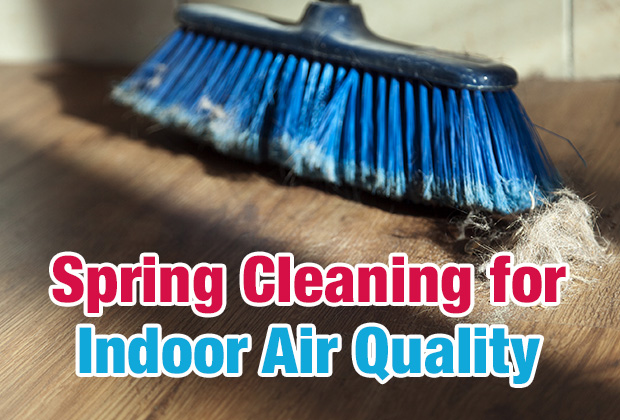The weather here in North Texas was crazy in February, ranging from freezing rain to warm sunshine. But now it’s finally March, and that means Spring Break, flowers, and hotter weather are just around the corner. Unfortunately for many of us, it also means allergies and the inevitable task of spring cleaning.
The “overachievers” among us already have a “honey do” list of projects they’re ready to get started on once the weather gets nicer. Whatever your goals are for this spring, A#1 Air is here to help keep your family safe, comfortable and healthy.
Here is a spring cleaning checklist to help improve the quality of your indoor air so you can start those spring projects, hopefully with a little less sneezing and itchy eyes.
1. Dust Ceiling Fan Blades
You probably haven’t turned your ceiling fans on since last summer, but even if you’ve been running them, they can still collect dust. Cleaning the dust off the blades before you turn your ceiling fan on again for the year will help prevent allergens from swirling around your home.
2. Clean Your Vents
Airborne allergens are drawn towards your HVAC system and settle on the air ducts. Cleaning off the grates that cover your air registers can help prevent dust and allergens from blowing throughout your house when they AC kicks on. If you remove the grates and notice that dust has also built up in your ductwork, it might be a good idea to schedule a duct cleaning. This not only helps circulate cleaner air, it also keeps your HVAC system running smoothly.
3. Replace Air Filters
For regular air filters, it’s recommended they be replaced at least every 30 to 90 days. If you have a box-type filter, you may only need to clean or change it once or twice a year. Either way, spring is a good time to replace filters and get a fresh start for the year.
4. Clean Up Bathroom Mold
Check your home for mold and moisture. Winter is a good time for mold to grow since your house is usually shut tight and warm. Give your bathrooms a good wipedown and inspect closets and other enclosed spaces for mold.
5. Vacuum and Clean Carpets
Rugs and carpets are a magnet for dust and dust mites. Giving your carpet a good vacuuming and literally “beating” your rugs against a hard surface outdoors will help clean the hard to reach allergens. You might also consider having a professional carpet cleaner do a more thorough job. Making weekly vacuuming a priority can also significantly help reduce allergy symptoms.
6. Get Some Houseplants
According to a NASA clean air study, bringing plants into your home is a natural way to detox and freshen the air. Not only do they filter out air pollutants, they also brighten up your home and give it some life. So it’s a win/win situation.
7. Add Humidifiers and Dehumidifiers
Humidifiers can help improve air quality if your heater has been working all winter. If you or a family member has been experiencing painful or bloody noses, dry skin or dry eyes, you may want to invest in a humidifier. Mold and mildew also thrive in a home where there is too much moisture. Having a humidification system installed to work in tandem with your heating and cooling system can help minimize all of the ill effects of both dry and moist air.
For more information on how to maintain great indoor air this year, contact A#1 Air for a professional Indoor Air Quality Evaluation by a certified technician.






